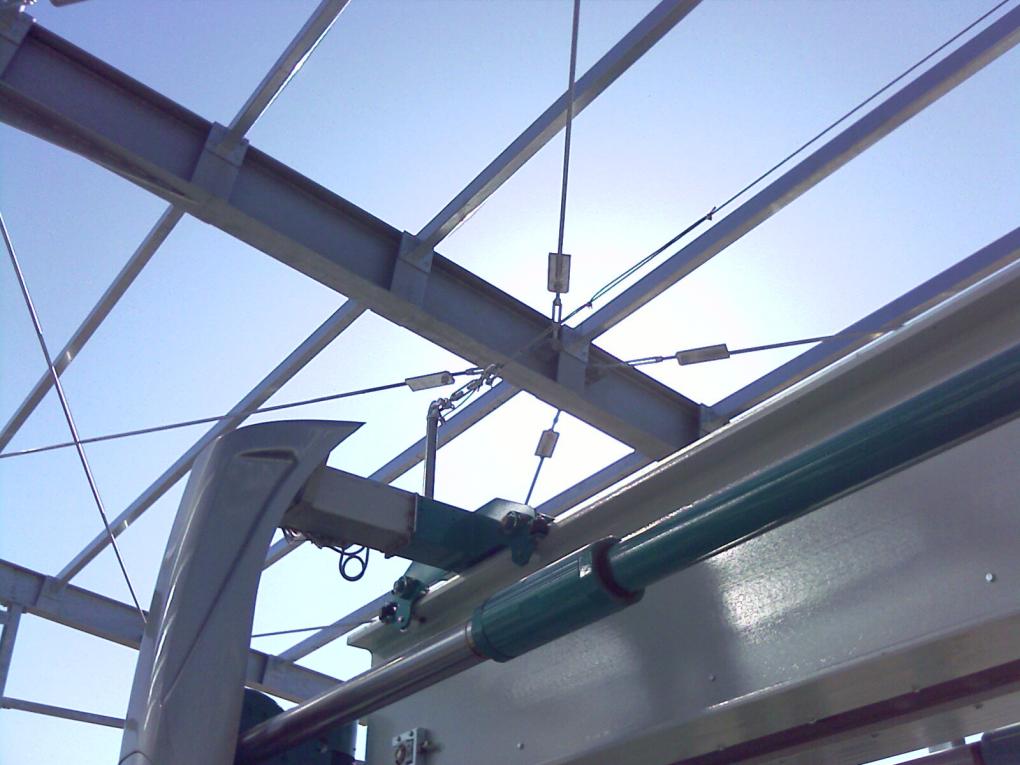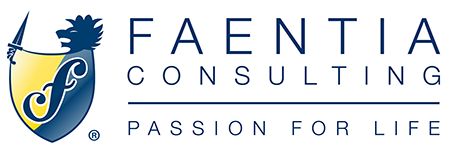
The crisis that has afflicted the world markets in the last few months and that is still not allowing a recovery,
is certainly a synonym of change.
Such crisis can be experienced in many different ways and much depends on the size of your company.
It can be experienced as a source of worry, of indifference, of pessimism but also with a spirit of emerging
opportunity.
It is to this concept that we would like to draw your attention: the crisis as a generator of change and as an
opportunity for growth. It is in fact in this context that the 2006/42/CE Machine Directive, probably just by
chance, has been set up. It brings some big news to support those companies that are taking this occasion
to change and to mature.
The new Machine Directive presents some substantial changes that must not be seen as the “black
man”, i.e. as cause of revolution and chaos, but as intent to carry out the directive’s own role of SOCIAL
REGULATOR that is common to all directives, technical regulations and guidelines.
The main innovation concepts introduced by the new Machine Directive are those that will make a company
think about the safety of their working tools and devices, of their machines, production plants, both as
a “builder” and as a “user”. This is also what will make us think of the social values connected to the
business world.
We would like to highlight in particular two innovative principles quoted in the new directive and aimed at
making companies understand that talking about the Machine Directive is no longer an issue that regards the
Technical Department or the Production Department or even the HSE Manager, but a strategic issue for the
company’s own future.
News on the CE Marking Itinerary
The new Machine Directive foresees that the machinery not listed in Annex IV must have their manufacture
checked internally.
Annex VIII describes the conformity assessment procedure to be followed for all categories of machinery not
listed in Annex IV.
This procedure is also one of the three conformity assessment procedures that may be chosen for
machinery belonging to the categories listed in Annex IV when the manufacturer has applied harmonised
standards the references of which are listed in the OJEU that cover all of the relevant essential health and
safety requirements.
Section 2 of Annex VIII recalls the obligation of the manufacturer or his authorized representative to draw up
a technical file according to Annex VII A 1 for each type of machinery.
The technical file must identify the EHSRs applicable to the machinery and describe how they have been
fulfilled.
It should be noted that a technical file is required both for machinery manufactured in series and for
machinery manufactured as a single unit.
Section 3 of Annex VIII requires the manufacturer to take the measures necessary to ensure that the
manufacturing process ensures compliance of the manufactured machinery with the technical file and with
the applicable EHSRs
In Annex VII are the indications to set up of the Technical File of Construction (TFC) with its annexes,
beside the technical documentation foreseen for quasi-machines (Annex VI among which are included also
assembly instructions – Annex VI). For machines we need the Technical File of Constructions. For quasi-
machines we need the Pertaining Technical Documentation. For the machines (and safety components) that
are part of Annex IV we distinguish two different cases:
1. they have been built in compliance with the harmonized regulations and such regulations regard
all the pertaining safety and health care requirements, so the builder can apply one of the
following procedures:
1.a) the evaluating procedure of conformity with internal check on the machine’s
manufacturing (Annex VIII);
2. b) the testing procedure for the CE certification of machine type (Annex IX), plus the
internal check on the machine’s manufacturing (Annex VIII, point 3);
3. c) the full quality guarantee procedure (Annex X).
2. They have been built without complying or complying only partially with the harmonized regulations, i.e.
if the harmonized regulations do not cover all the pertaining requirements of safety and health care
or there are no harmonized regulations for the machine in exam, then the builder will apply one of the
following procedures:
1.a) testing procedure for the CE certification included in Annex IX plus an internal check on
the machine’s manufacturing (Annex VIII, point 3);
2.b) the full quality guarantee procedure (Annex X). It is not allowed to present the Technical
File to a notified body unless a check is foreseen by the notified body itself.


